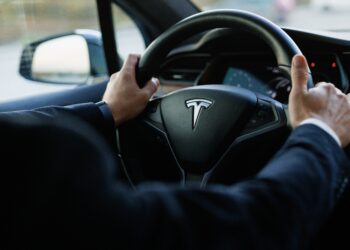As online grocery shopping rises in the U.S., grocers need to reassess their strategies.
According to data from IRI, online grocery is growing steadily, and it’s likely being driven by consumers’ increasing confidence in buying grocery products without seeing them first.
In fact, the grocery e-commerce market rose 35% year-over-year (YoY) to reach $24 billion in 2018, according to a report from Commonsense Robotics sent to Business Insider Intelligence. If this pace is maintained for the next several years, online grocery’s share of overall grocery spend will more than triple from its current 3% to 11.6% in 2023, and will be just shy of 20% by 2025.
According to Business Insider Intelligence, this speedy growth in e-commerce grocery emphasizes the importance of addressing some critical flaws in grocers’ current approaches to online grocery.
For example:
- Too much focus is being placed on curbside pickup despite consumers preferring same-day delivery. For retailers, curbside delivery is a far more beneficial way to fulfill online grocery orders than same- or next-day delivery. This is because the customer comes to the store, which removes last-mile delivery costs and enables the grocer to take advantage of its existing infrastructure. Unfortunately, consumers express a preference for home delivery by a sizable margin: 69% would choose home delivery compared with the 31% who would choose curbside pickup, according to a study by Nielsen cited by Commonsense Robotics. Furthermore, they vastly prefer same-day delivery over next-day delivery (76% against 24%, respectively). Despite this, of the 23 retailers surveyed by Deutsche Bank, only Amazon and Target said that same-day delivery was their primary focus, per Commonsense Robotics. Grocers need to buck the curbside pickup trend and focus on making sure their fulfillment systems are nimble enough to rapidly receive, handle, and deliver orders to customers within a day or, ideally, a few hours.
- Grocers’ current online grocery strategies aren’t profitable. Each online grocery order that’s manually picked by a store employee is estimated to cause the retailer a loss of…












